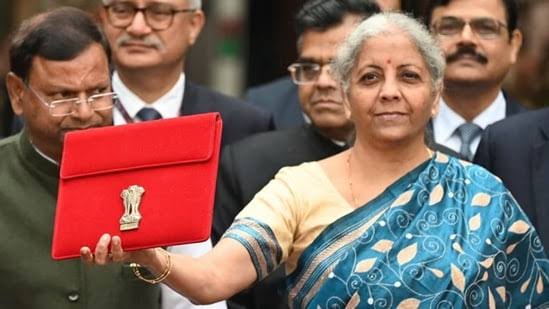Finance Minister Nirmala Sitharaman is poised to present the first budget of Modi 3.0 in Lok Sabha on Tuesday. This will be her seventh budget presentation, breaking Morarji Desai’s record of six. Desai, Finance Minister from 1959 to 1964, presented five full budgets and one interim budget.
Prime Minister’s vision for Amrit Kaal
Prime Minister Narendra Modi highlighted the significance of this budget, calling it a crucial step in the journey towards a “Viksit Bharat” by 2047. He emphasised that this budget will shape the country’s path over the next five years.
Key challenges for Sitharaman
Sitharaman faces the challenge of balancing various demands while maintaining fiscal discipline. She must allocate funds for social sector schemes and state assistance, reduce personal income tax, and find resources for Modi’s pre-poll promises, such as a new housing subsidy scheme and expanded Aayushman Bharat coverage. The budget relies on higher revenue and capital receipts compared to interim estimates, amidst a changing political landscape with the BJP now depending on allies to govern.
Lok Sabha allocates 20 hours for Budget discussion
The Lok Sabha’s business advisory committee has allocated 20 hours to discuss the Union budget and issues related to the ministries of railways, education, health, MSME, and food processing. Opposition members have requested discussions on various issues, while the debate on demands for grants will cover related matters.
Economic survey predicts 6.5–7% growth in FY25
Sitharaman presented the Economic Survey for 2023–24, projecting India’s GDP growth at 6.5–7% for the fiscal year. The survey attributes growth to proactive government measures, infrastructure investment, and support for vulnerable sections. Despite global challenges, such as the Russia-Ukraine conflict, India’s economy is expected to remain resilient.
The survey calls for continued investment in infrastructure, human capital, and technology, and further reforms in labor laws, land acquisition, and ease of doing business to attract foreign investment and boost domestic manufacturing.




